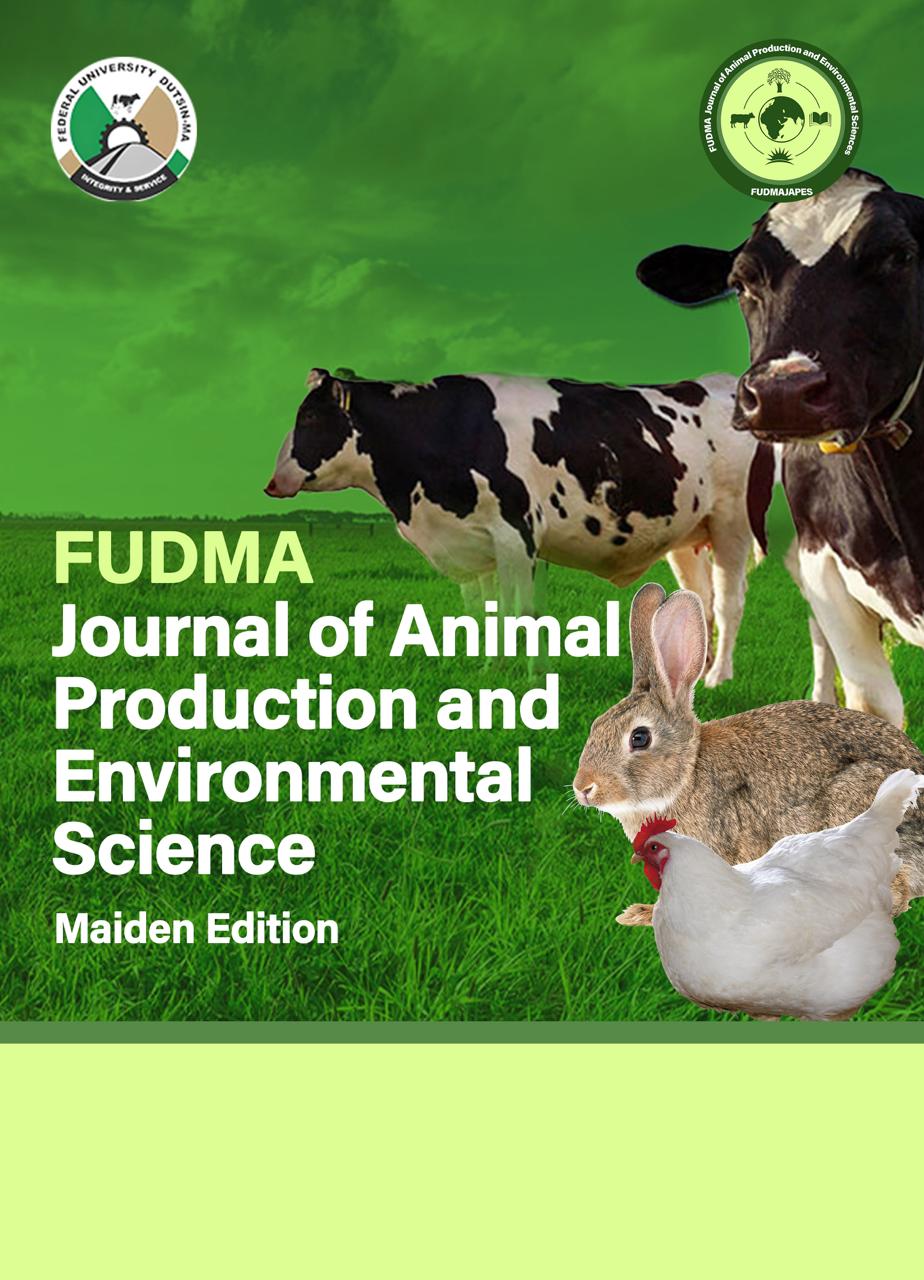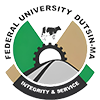RESPONSE OF YANKASA RAMS TO VARIOUS INCLUSION LEVELS OF PROPAGATED BITTER LEAF (Vernonia amygdalina) ON PERFORMANCE AND RUMEN ECOLOGY
DOI:
https://doi.org/10.33003/japes.2025.v1i1.46-51Keywords:
Bitter leaf, Rams, Growth, Rumen, EcologyAbstract
The experiment evaluated the response of Yankasa rams fed graded levels of propagated Bitter Leaf (Vernonia amygdalina) on growth performance, nutrient digestibility, rumen ecology, and blood profile. Twenty (20) rams were randomly allocated into four dietary treatments consisting of 0%, 5%, 10%, and 15% inclusion levels of dry bitter leaf. Growth performance, nutrient digestibility trail and rumen fluid were collected and analyzed accordingly. Data obtained were analyzed using statistical analysis system (SAS,2002). Growth performance results showed that T3(15%) had an outstanding (P<0.05) performance, especially feed intake, and final weight. Nutrient digestibility results indicated that V. amygdalina graded level statistically (P<0.05) influenced dry matter (DM) digestibility and neutral detergent fiber (NDF). T3 (10%) had statistically higher values (P<0.05) of acid detergent fibre (ADF), crude protein (CP) and nitrogen-free extract (NFE) values compared to control group in this study. V. amygdalina graded level had profound significant (P<0.05) differences in rumen pH and other rumen ecology parameters. It could be concluded that rams fed 10% (T3) Vernonia amygdalina had outstanding growth performance followed by 15% Vernonia amygdalina level. Bitter Leaf Vernonia amygdalina do not negatively affect nutrient digestibility. However, considerable changes occur in VFA and rumen concentration from 0 to 15% of Vernonia amgydalina. Farmers are therefore recommended to include Vernonia amgydalina into the ram diet up to 15% for growth performance, nutrient digestibility, and rumen fermentation.






